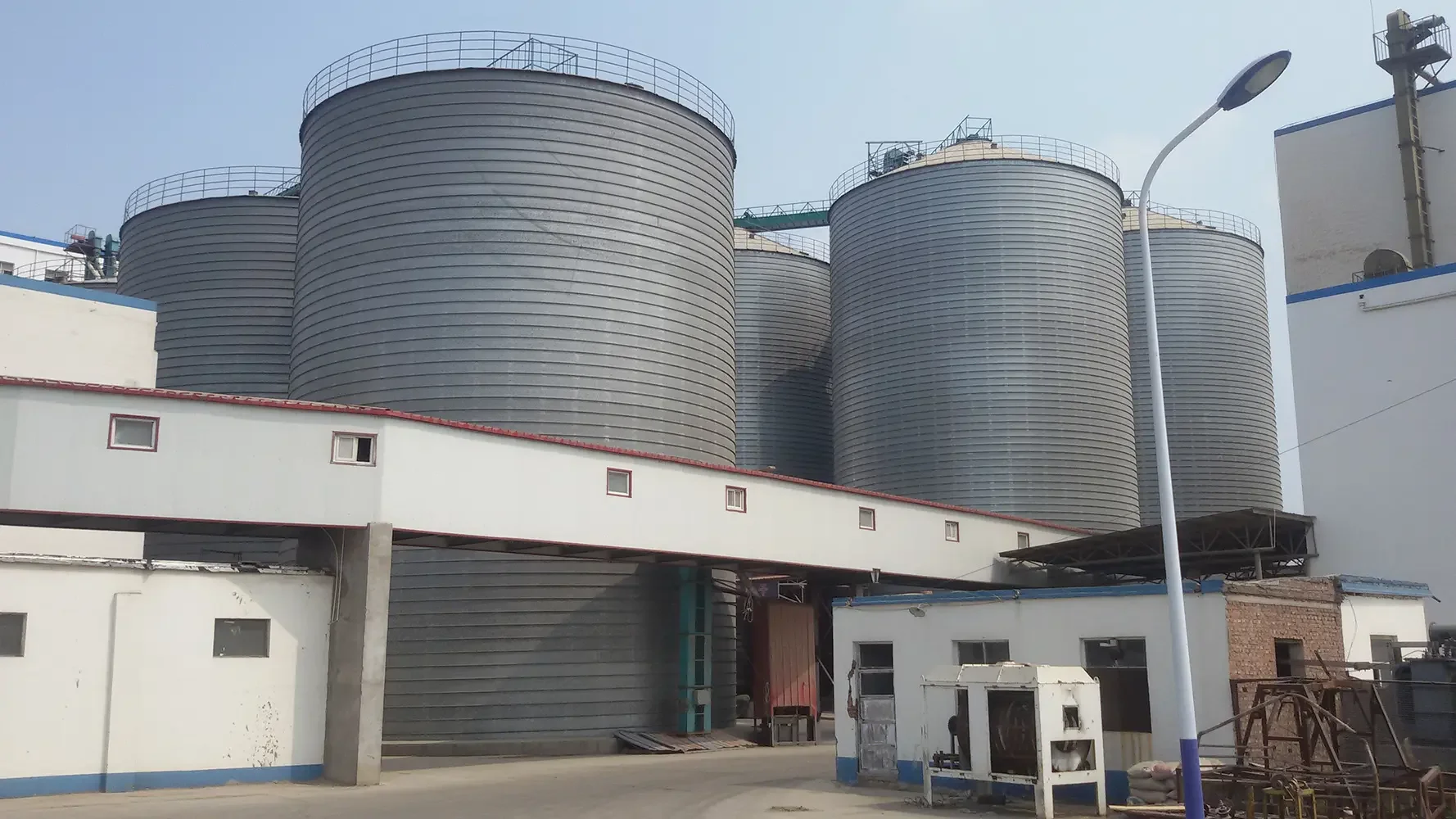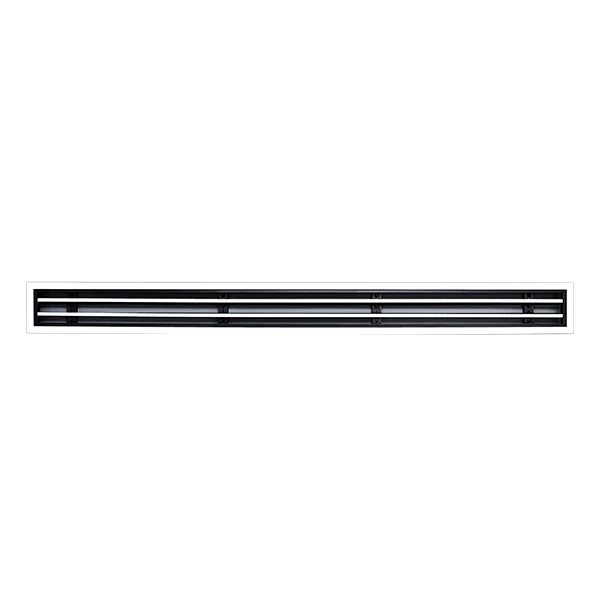When it comes to woodworking, precision and technique are paramount. Among the myriad of cuts that a woodworker can employ, two of the most commonly used are the dado cut and the rabbet cut. While both serve specific purposes in joinery and construction, they are distinct in their applications, methods, and outcomes. This article delves into the intricacies of these two cuts, highlighting their differences, uses, and best practices to enhance your woodworking projects.
Defining Dado Cuts and Rabbet Cuts
Dado Cut: A dado cut is a groove that is made across the grain of the wood. It is typically wider than a standard kerf and is used to create a channel or recess in a piece of wood. This cut allows for the insertion of another piece of wood, such as a shelf or a panel, providing a strong joint that can bear weight. Dado cuts are often employed in cabinetry, shelving, and furniture making, where structural integrity and aesthetics are crucial.
Rabbet Cut: In contrast, a rabbet cut is a notch or recess cut along the edge of a piece of wood. This cut removes a section of material from the edge, creating a step-like profile. Rabbet cuts are primarily used to join two pieces of wood at right angles, such as in the construction of frames, doors, and boxes. The rabbet allows for a flush fit, which is essential for achieving clean lines and a polished appearance in finished projects.
Key Differences Between Dado Cuts and Rabbet Cuts
- Orientation of the Cut:
- Dado Cut: The dado is cut across the grain of the wood, which can affect the strength of the joint depending on the wood species and grain orientation.
- Rabbet Cut: The rabbet is cut along the edge of the wood, allowing for a more straightforward alignment with adjoining pieces.
- Depth and Width:
- Dado Cut: Dado cuts can vary in depth and width, depending on the intended use. They are often wider than rabbet cuts to accommodate shelves or panels.
- Rabbet Cut: Rabbet cuts are typically shallower and narrower, designed to fit snugly against the edge of another piece.
- Applications:
- Dado Cut: Commonly used in cabinetry and shelving, dado cuts provide a robust joint that can support weight. They are ideal for creating strong, stable structures.
- Rabbet Cut: Frequently used in frame construction and cabinetry, rabbet cuts allow for clean, flush joints that enhance the aesthetic appeal of the finished product.
Choosing the Right Cut for Your Project
When deciding between a dado cut and a rabbet cut, consider the following factors:
- Structural Requirements: If your project requires a strong joint that can support weight, a dado cut may be more appropriate. For example, when building a bookshelf, dado cuts can provide the necessary support for the shelves.
- Aesthetic Considerations: If the visual appeal of the joint is paramount, a rabbet cut may be the better choice. Rabbet cuts create a seamless transition between pieces, which is particularly important in frame construction.
- Material Thickness: The thickness of the material you are working with can also influence your choice. Dado cuts can be more forgiving with thicker materials, while rabbet cuts are often used with thinner stock.
Best Practices for Making Dado and Rabbet Cuts
- Tools: Both cuts can be made using various tools, including table saws, routers, and dado blades. Ensure that you select the right tool for the job to achieve clean, precise cuts.
- Measurement and Marking: Accurate measurement and marking are crucial for both cuts. Use a square and a marking gauge to ensure that your lines are straight and true.
- Test Cuts: Before making final cuts on your project pieces, perform test cuts on scrap wood. This practice allows you to fine-tune your settings and techniques, ensuring that your final cuts are perfect.
- Safety First: Always prioritize safety when using power tools. Wear appropriate personal protective equipment (PPE), including safety glasses and hearing protection.
Conclusion
Understanding the differences between dado cuts and rabbet cuts is essential for any woodworker looking to enhance their skills and produce high-quality projects. By recognizing the unique characteristics and applications of each cut, you can make informed decisions that will improve the structural integrity and aesthetic appeal of your work. Whether you are building furniture, cabinetry, or decorative pieces, mastering these cuts will undoubtedly elevate your woodworking craftsmanship.




+ There are no comments
Add yours